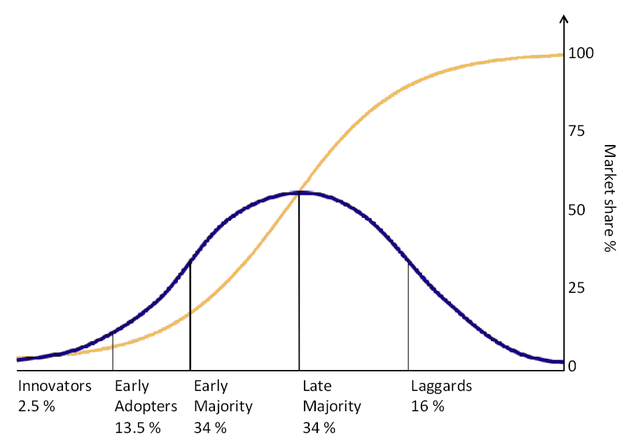- Joined
- Sep 22, 2018
- Messages
- 779
- Reaction score
- 799
I am also interested in the survivability of some of these fish that aren't yet available in captive bred form. I'm hoping it's not 1 in 7000 ( And I know you were just throwing a number out) but it's probably not too far off from that.
That number is from University of Florida Aquaculture research facility's attempt at breeding hippo tangs in captivity. They started with 3 spawns with 35k eggs. Only 5 survived past 60 days making it 1 in 7000 or a s 0.01% survival rate. It is difficult to find any other numbers regarding captive breeding of any tangs as there is no transparency.



















